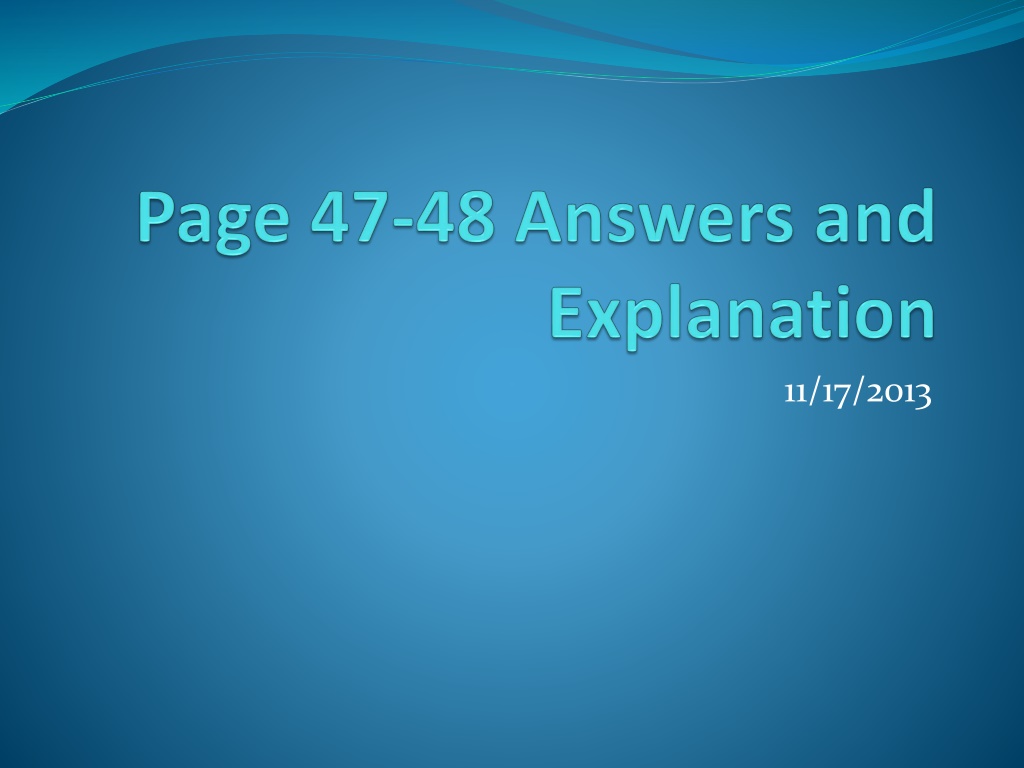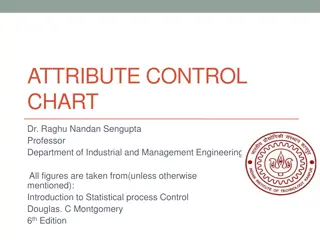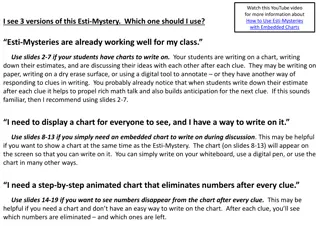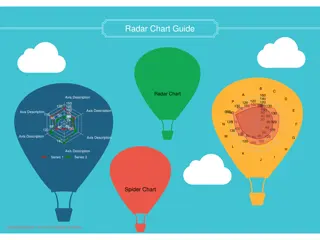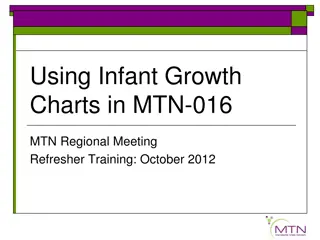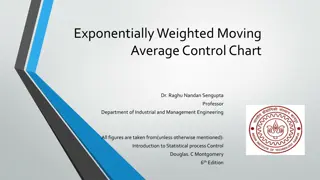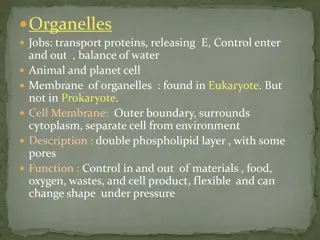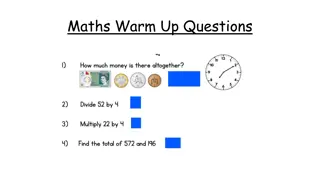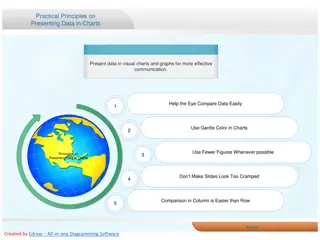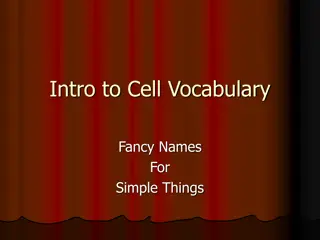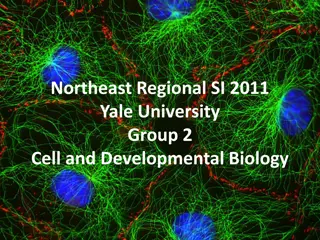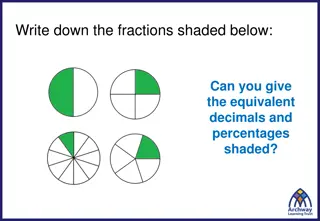Understanding Cell Environment Dynamics through Visual Charts
The provided content delves into the dynamics of cell environments, focusing on concepts like osmosis and solute concentration. Visual aids such as charts and images help illustrate how cells interact with their surroundings, highlighting processes like water movement, solute concentration changes, and the impact on different cell types like animal and plant cells.
Download Presentation

Please find below an Image/Link to download the presentation.
The content on the website is provided AS IS for your information and personal use only. It may not be sold, licensed, or shared on other websites without obtaining consent from the author. Download presentation by click this link. If you encounter any issues during the download, it is possible that the publisher has removed the file from their server.
E N D
Presentation Transcript
Chart #1 (pg. 47) Environment Cell O2 Will CO2 will 2 O2 14 CO2 13 O2 6 CO2 Move out of cell Move into cell 13 O2 6 CO2 2 O2 14 CO2 Move into cell Move out of cell 2 O2 10 CO2 8 O2 10 CO2 Move out of cell Remain the same
Chart #2 (pg. 47) Environment Cell Type of Solution Waterwill 2 sugar 14 water 8 sugar 6 water Hypotonic (more solute IN cell) Move into cell 8 sugar 6 water 2 sugar 14 water Hypertonic (More solute OUTSIDE cell) Move out of cell 5 sugar 4 water 2 sugar 10 water Hypertonic (More solute OUTSIDE cell) Move out of cell
#4 Environment Environment #1-4 pg 47 1. Osmosis 2. Semi-permeable or Selectively permeable 3. Hypertonic environment (salt water)-water would move out of the freshwater fish and cause dehydration Cell Cell Animal Water will flow into both cells; Animal cell will eventually burst; plant cell has cell walls that will help keep the shape, allowing the cell to expand but not burst. Plant
Water 1. Euglena in Water Euglena- Hypertonic (more solute inside) Environment- Hypotonic (less solute, more water) Cell will increase in size Contractile Vacuole- pumps out excess water so the cell will not burst. Solute Environment Euglena Water
2. RBC .25% Salt placed in 2% Salt Solution RBC- Hypotonic (more water in cell) Salt Soln.- Hypertonic (more salt outside cell) Cell will decrease in size- water will leave the cell Environment Water Out RBC Water Salt
3. RBC Approx. 0.25% Salt placed in Distilled Water RBC- 0.25 % salt is hypertonic (more salt inside cell) Distilled Water- hypotonic (no salt in environment) Cell will increase in size Water will move from High to low concentration (into the cell) Environment Water IN RBC Water Salt
4. Stalk of Celery in Salt Water Celery- Hypotonic (less salt inside celery cells) Salt water- hypertonic (more salt in Environment) Celery will decrease in size (water leaves the celery (high to low concentration) The water will leave the vacuole of the celery cell and leave the stalk limp. Dehydrated. Celery Water OUT Environment Salt Water
